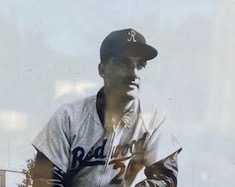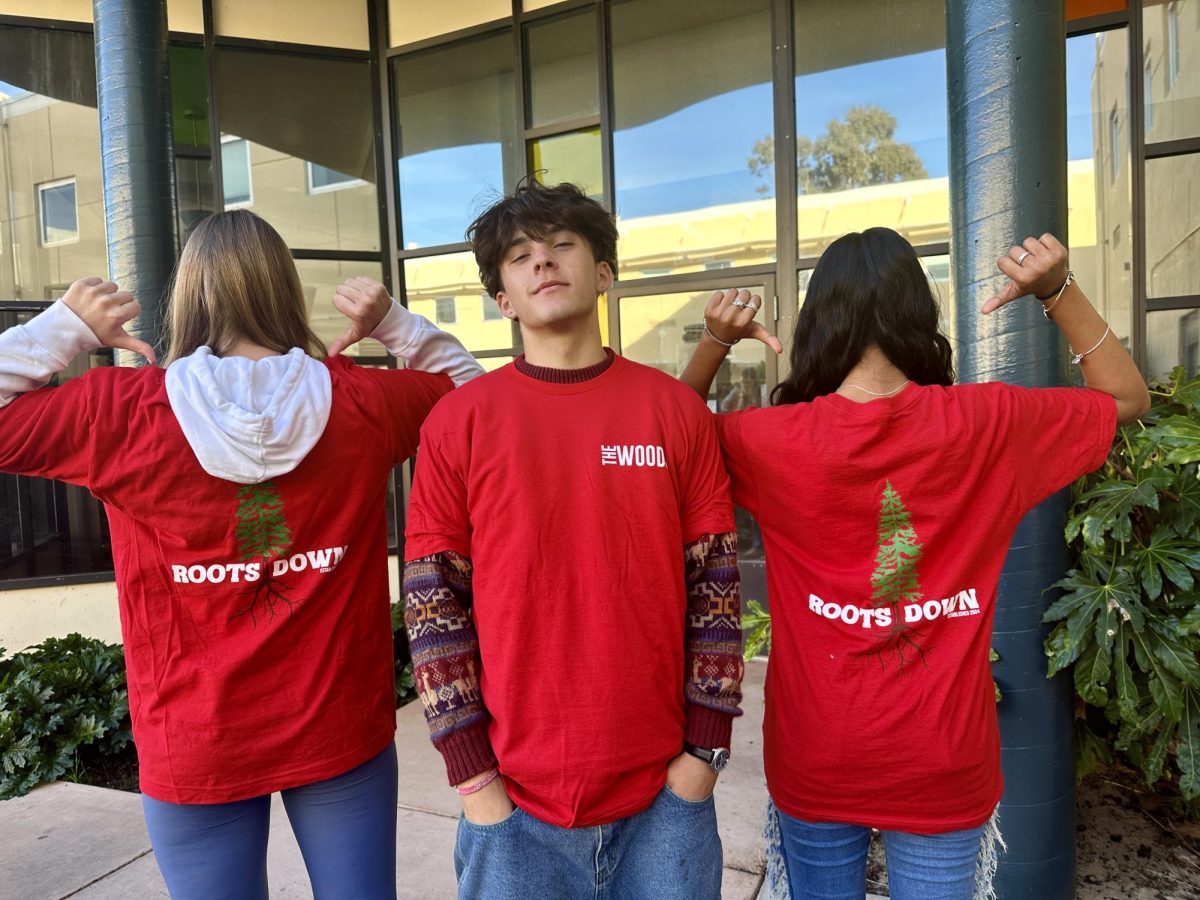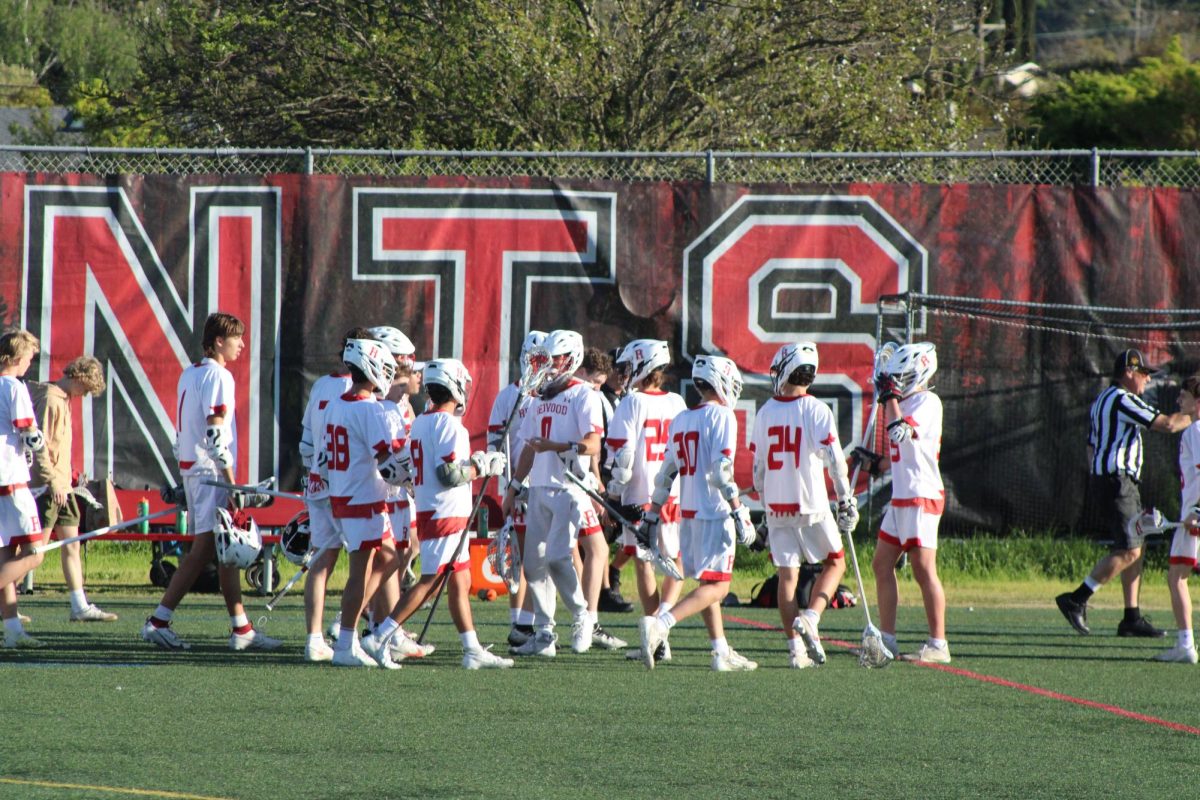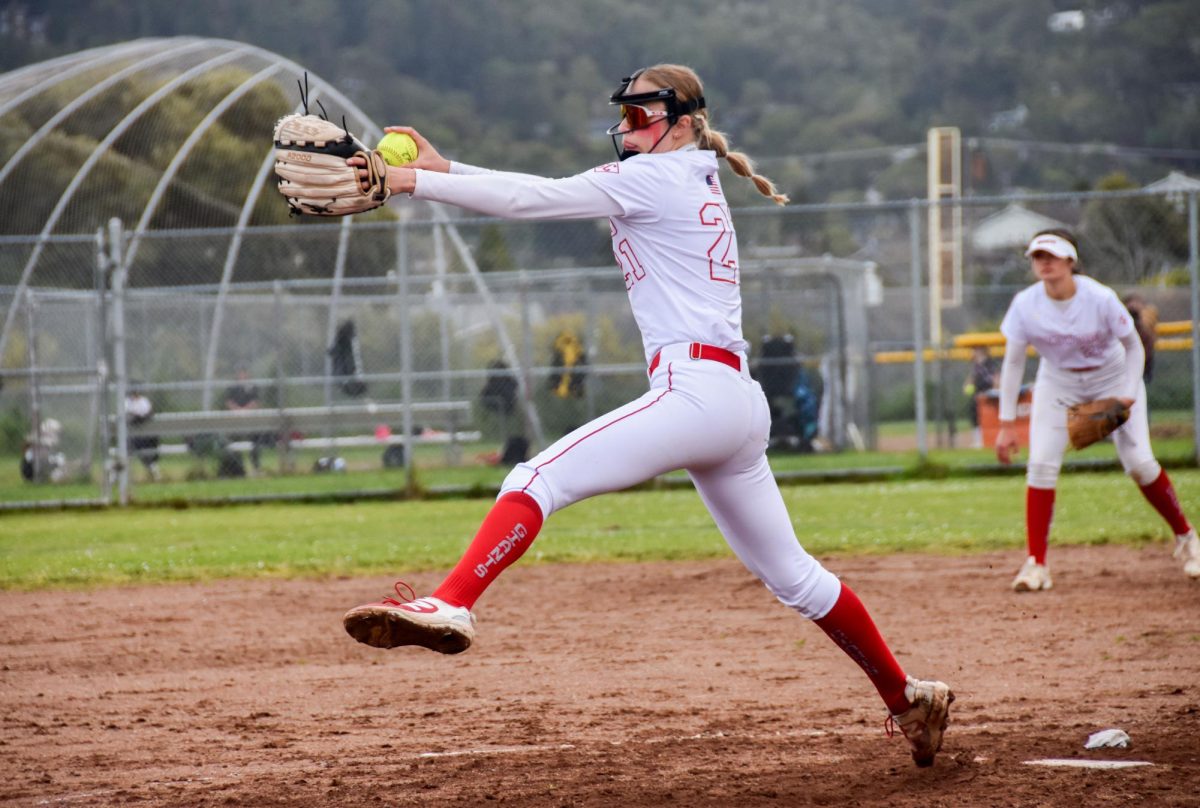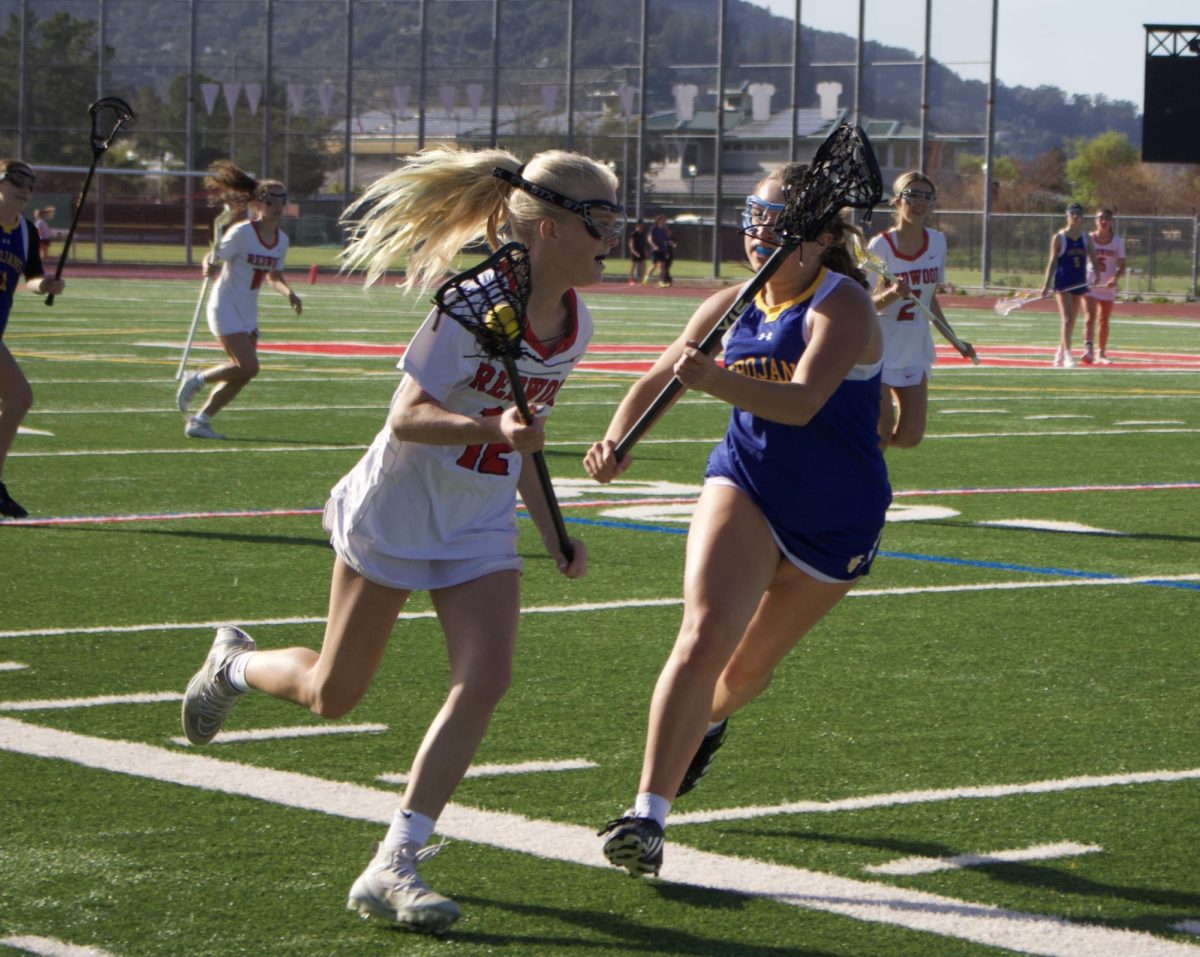While her classmates sat in classrooms last week, junior Monica Gomez was several states away, gracefully gliding across an ice rink with 11 of her friends.
![Junior Monica Gomez performs the Tremors’ long program routine at nationals. They skated to a medley of Stevie Wonder songs. “The whole arena was cheering for us the whole time [we were competing], which made it fun and easier to entertain,” Gomez said.](https://redwoodbark.org/wp-content/uploads/2014/03/monicagomeziceskatingWEB-198x300.jpg)
Her team placed 13th in the short program and 14th in the free skate in the junior division.
This is the first year that the Tremors performed both a long program and a short program, and it was their first year in the junior division. Her team also went to Nationals last year, placing second in the intermediate division, which is two levels lower than junior.
Gomez said that her team’s performance was affected by the high altitude in Colorado Springs. However, she said they had been doing run-throughs of their routines back-to-back to get used to having less oxygen, in preparation for Nationals.
“[The altitude] was pretty bad, worse than I thought it would be,” Gomez said. “It didn’t just make us tired or something, we felt like we really couldn’t breathe.”
Though Gomez said other teams arrived early in order to adjust to the altitude change, the Tremors had less than a day between landing in Colorado and competing at Nationals.
The Tremors qualified for Nationals by winning the junior division of the Midwestern & Pacific Coast Synchronized Skating Sectional Championships in late January.
Synchronized skating is a relatively new discipline of figure skating, but it is growing in popularity, with roughly 525 synchronized skating teams registered with U.S. Figure Skating. Many elements are the same as those in singles, pairs, and ice dancing, except that jumps are rare in synchronized skating, according to Gomez. It is not yet an Olympic event.
Teams are awarded a technical score and a component score in competitions.
“The component scores are basically like the general shapes, like ‘is your circle round,’ or ‘is your line straight,’ and then the technical score is more of the sets, like you have to do a certain type of step,” Gomez said. “We also have a GOE, which is grade of execution – choreography, selling the program with your face.”
Gomez, who has skated with the Tremors for seven years, said that one of her team’s strengths is their attitude on the ice.
“We focus on facial expressions and getting into the music. We’re really good at having fun on the ice,” she said. “The judges are easily moved by the audience. If they see that you’re having fun and not just being like robots, they get into it also, and give you higher scores because of that.”
In addition to the official competition, teams skate both unofficial and official practices. During official practices, the team is monitored by a technical judge.
“You skate on the arena you’re going to be skating on for competitions. The judges watch and if they want to see you do a certain element, they’ll tell you to re-skate that. If they don’t, you can just do another run-through,” she said.
Gomez first skated at a cousin’s birthday party when she was about five years old. Though she enjoyed ice skating right away, she said she didn’t get serious about it as a sport until she was eight.
Though synchronized skating remains uncommon compared to other skating disciplines, Gomez has done synchronized since she started skating. She said that her parents originally signed her up for group lessons, which got her used to skating with other people on the ice.
Gomez has traveled around the Bay Area for synchronized skating. She began her career on a team in Berkeley called Ice Mystique, but when the rink they practiced at closed, she moved to train in Oakland. After a year, she joined the Tremors, where many former Ice Mystique skaters had gone.
Gomez said that synchronized skating is much more popular on the East Coast, so it can be hard to get people to join. The Tremors have 12 skaters, the minimum number needed to compete.
Because of the limited number of teams on the West Coast, Gomez and many of her teammates have long commutes to train with the Tremors at the Yerba Buena Ice Skating Center in San Francisco. Gomez is the only one from Marin, and while most of her teammates live in San Francisco, Berkeley, or Oakland, one commutes from Vallejo, and two others are from Sacramento. Gomez said this limits their practice time to the weekends.
During practices, her team is forced to spend a lot of time off the ice, because a hockey team reserves the rink for most of the time. When off the ice, they work on details like head position, and small groups perform the steps and receive more individualized feedback from coaches and teammates.
Gomez hopes to continue skating in college, so she practices other disciplines besides synchronized.
“I still skate individually,” she said. “I do ice dance, but I’m not that serious about that. I’m just getting my tests for ice dance. Every single different type of skating has a test for it, and the more tests you pass, the better it looks. [Colleges] want to see that you have passed those kinds of tests.”
Like many other synchronized skaters, Gomez hopes that synchronized skating will someday be added to the Winter Olympics.
“People that do synchro are just like, ‘Why isn’t in the Olympics,’” she said. “If curling is in the Olympics, then why not synchronized skating?”


